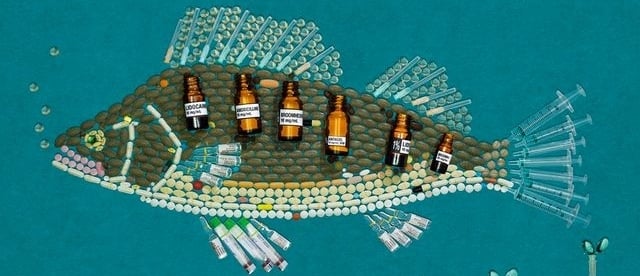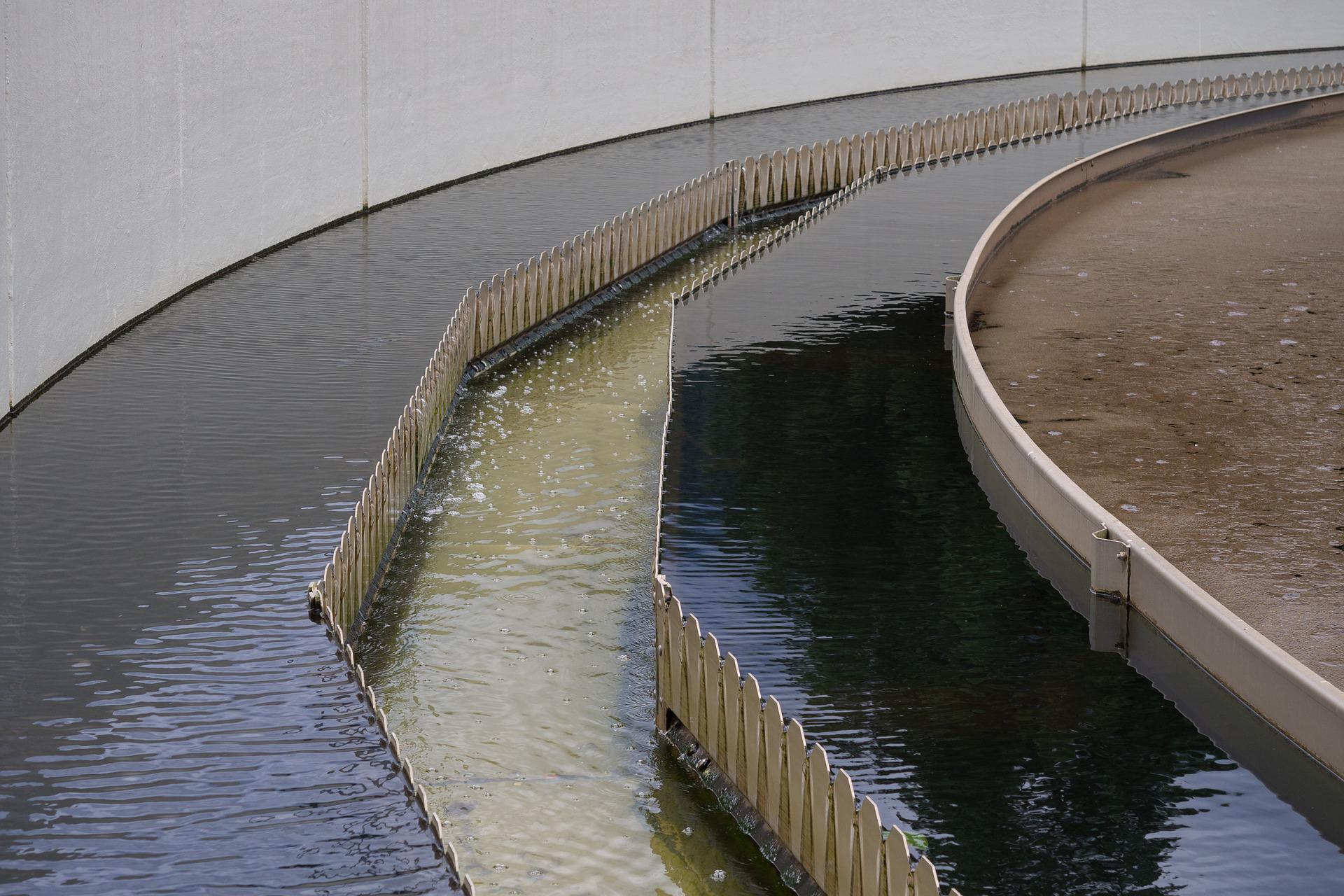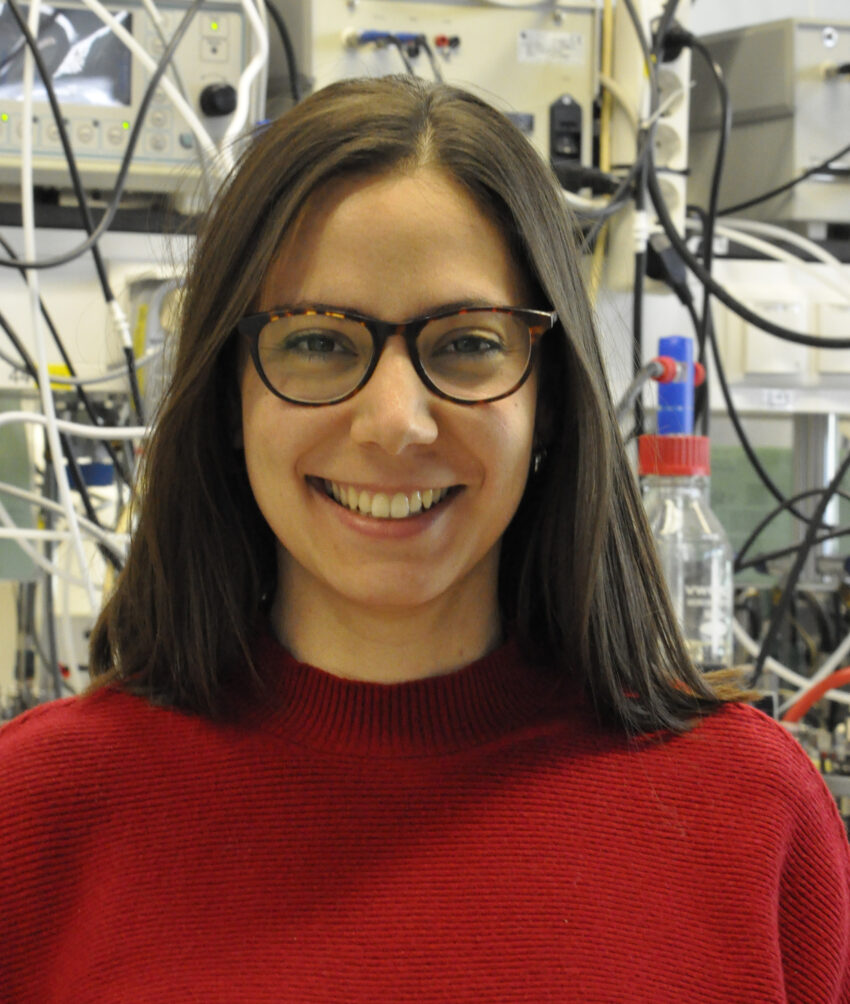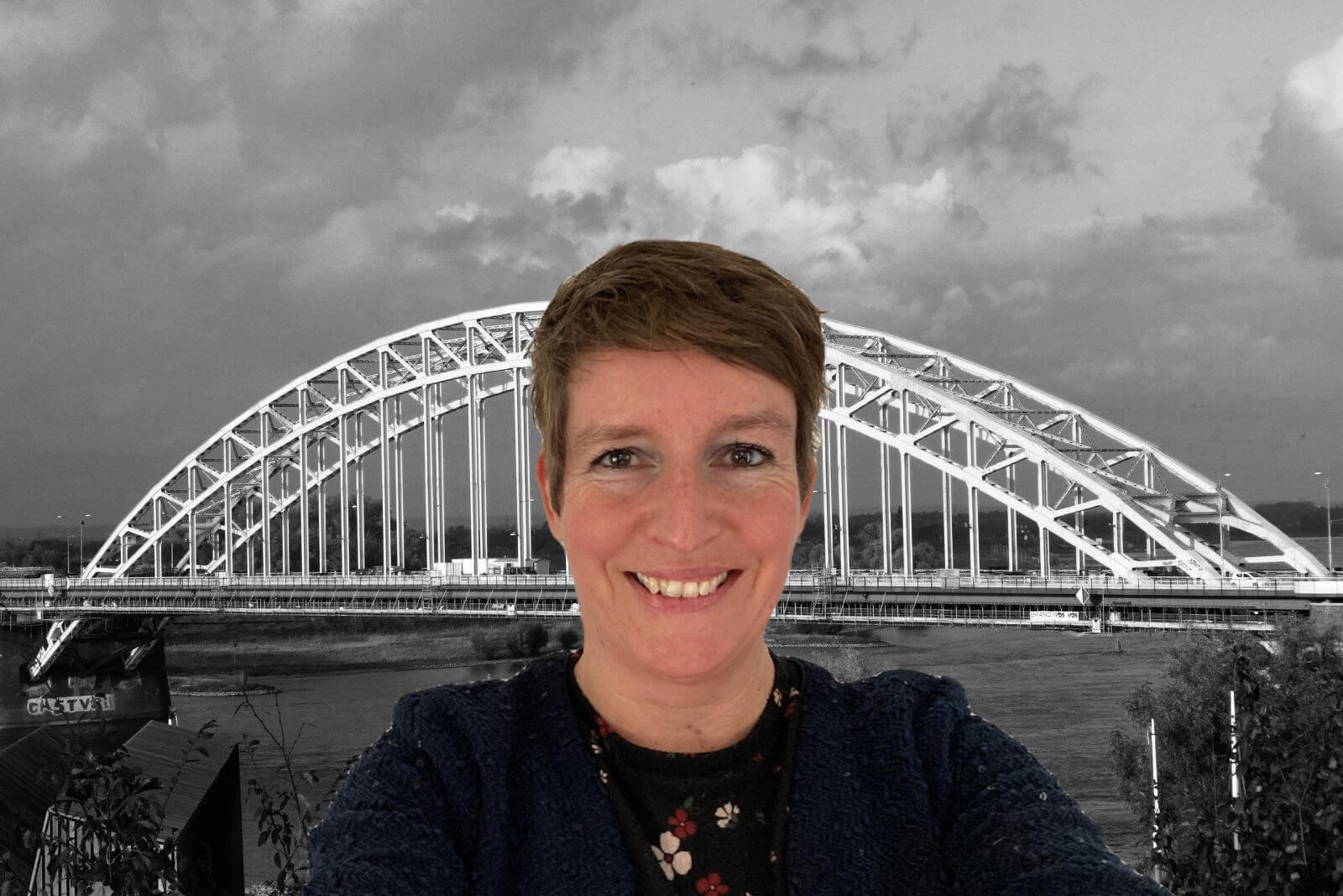
Every time someone takes medication, a small amount of it enters wastewater via their urine. It also ends up in surface water and even drinking water (in small concentrations). Annually, this amounts to about 140 tonnes of drug residues, which has all kinds of adverse effects on fish and other animals and plants that live in and around water.
Residues
Microorganisms are able to clean wastewater and break down drug residues. “We already knew that certain substances such as paracetamol are removed by bacteria,” says microbiologist Ana Rios-Miguel, who is receiving her PhD on September 14 from Radboud University in Nijmegen on her research into the microbial removal of pharmaceuticals under the conditions in a wastewater treatment plant. “How the process actually works and what mechanisms underpin it were largely unknown,” she explains.

Samples
During her research in the lab, Rios-Miguel looked at samples of wastewater that had paracetamol added to them. She then studied how bacteria ‘ate’ the active ingredients from paracetamol, so to speak. “We haven’t added anything new, but rather examined what is specifically happening.”

Genetic elements
For example, Miguel discovered that higher concentrations of medicinal drugs in wastewater raises the speed at which they are removed. She also discovered which genetic elements are responsible for this conversion of paracetamol in wastewater treatment plants. Thanks to this knowledge, it will be possible in the future to use microorganisms in a more targeted way in wastewater treatment.
At present, there are two main methods for removing drug residues from sewage, e.g., with ozone and UV technologies, and with activated carbon (pulverized coal). Drug residues bind to the activated carbon and partially disappear from the water this way. Rios-Miguel: “The disadvantage of activated carbon is that it is expensive and has a sizeable CO2 footprint. But microorganisms can improve and prolong the action of the activated carbon, enabling you to remove drug residues more effectively and in a more environmentally friendly way.”
Research into the action of microorganisms in wastewater will continue at Nijmegen University. Rios-Miguel intends to use her research to come up with solutions for wastewater treatment in practice.

